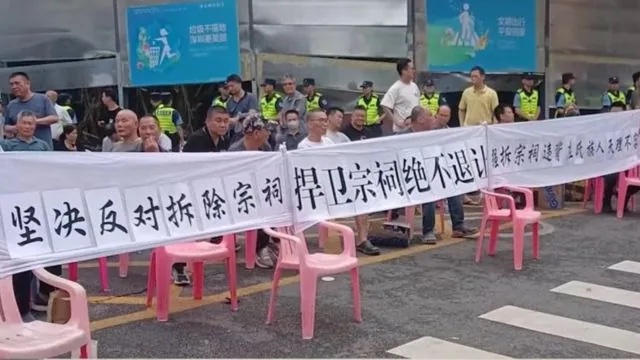What started out as an ambitious plan to globalize itself is now slipping further out of reach for the Chinese Communist Party (CCP).
China’s Belt and Road Initiative (BRI) was inaugurated in 2013 and aimed to “facilitate trade and promote connectivity and cooperation among countries in Eurasia and some African countries.” The initiative also planned to develop two new trade routes connecting China to the rest of the world.
While the project began as an effort to develop an expanded, interdependent market for China by growing its economic and political prowess through infrastructure and technological innovation, it has faced considerable financial challenges in recent years.
In the past, joining the BRI came with high prospects of funding — often for large infrastructure projects. Now, however, banks are demanding feasibility studies amid rising debt and corruption in Africa and certain countries in the Asia-Pacific region.
RELATED:
In 2022, Expect China’s Economy to Worsen Further
4 Factors to Watch in China’s Latest Economic Stagnation
Funding no longer guaranteed
Recently, Morocco led the way in North Africa when it became the first country in the region to sign on to an implementation plan for China’s massive infrastructure program. Last month, four other North African countries — Egypt, Libya, Tunisia and Algeria — also signed up for the BRI.
Moroccan Foreign Affairs Minister Nasser Bourita said the initiative would “open up new prospects for trade and investment, and bring additional opportunities consistent with the kingdom’s New Development Model.”
But experts are now saying the near-guaranteed funding that the agreement would have once brought to participating countries may not necessarily translate into effect today.
While the Chinese government said the focus of the BRI was less about expanding the scope in funding new projects and more about enlarging “membership to increase the initiative’s legitimacy,” the incoming cash flow was one of the biggest incentives for countries to join.
Experts weigh in on China’s economic challenges
Benjamin Barton, an assistant professor at the University of Nottingham’s Malaysia campus, said that with China’s recent economic stagnation and a generally more inward-looking and conservative approach from Beijing, “the heady days of ill-considered projects and wild spending have been – temporarily – put to rest.”
Barton added that future funding would become more austere and driven by financial, environmental, social and political factors rather than just “agreeing to projects for the sake of racking up project numbers.”
“China will continue to strive to get countries in the Global South to sign up for the [BRI] in a bid to eventually have all countries in the Global South as part of it,” Barton hypothesized.
Lauren Johnston, a visiting senior lecturer at the University of Adelaide and founder of New South Economics in Australia, agreed with Barton’s views on the country’s shifting economic priorities.
Johnston highlighted that in the past, large Chinese investments were mainly being funneled into infrastructure projects, especially in the energy sector.
“[But] now the focus is on realizing some of that value such as getting the exports moving, and getting employment going up, and moving some of the value chains,” Johnston said, adding that new investment flows, including financing, have moved in “waves and lumps” and did not have to rise continuously “to express continuous commitment from China.”
Success
You are now signed up for our newsletter
Success
Check your email to complete sign up















